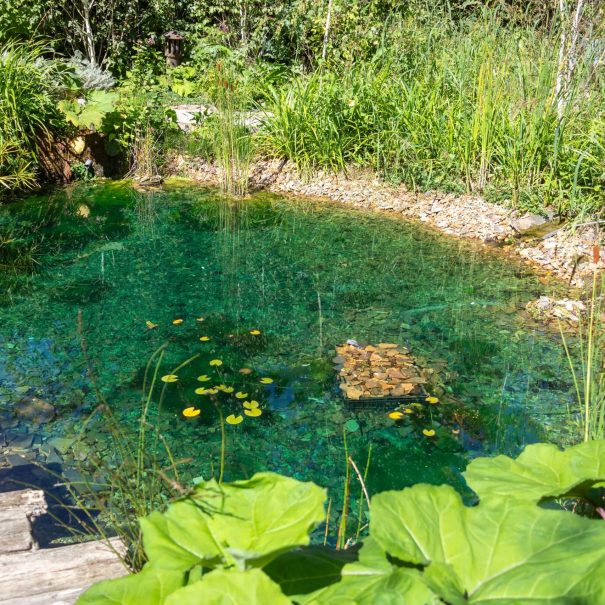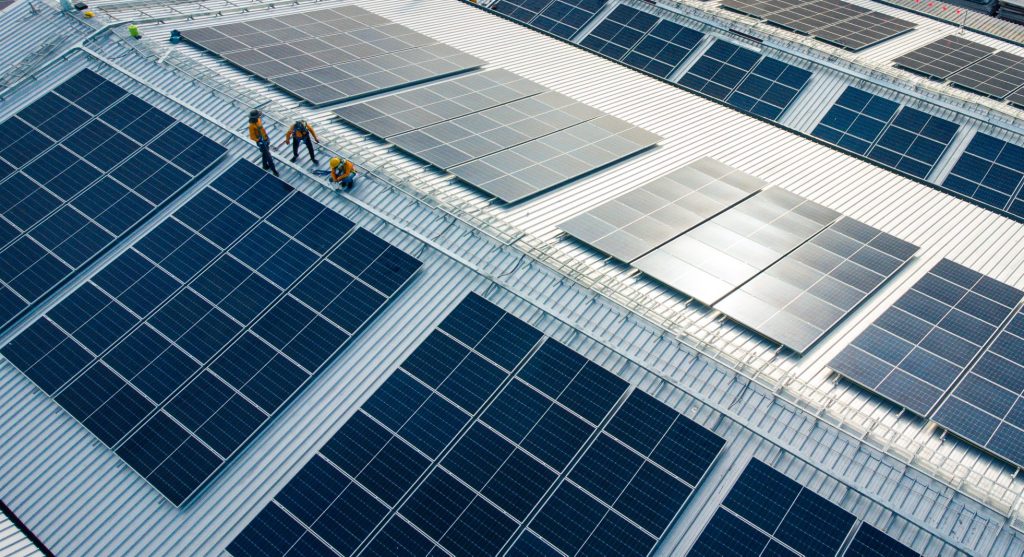06.05.2024
We’ll also outline strategies for incorporating biodiversity-friendly practices in construction.
Understanding biodiversity and its importance
Defining biodiversity
Biodiversity, short for biological diversity, is the variety of life in our natural world. It’s measured as the number of different species – including plants, animals, fungi, algae and even microorganisms like bacteria – that share a certain home region.
When we talk about how healthy an ecosystem is, the variety of life within it really tells us what we need to know. The more diverse an ecosystem, the more resilient it is to change and disturbance.
The role of biodiversity in ecosystems
Biodiversity is our planet’s most intricate and absolutely crucial feature. “Without biodiversity, there is no future for humanity,” says Prof David Macdonald, at Oxford University.
Biodiversity plays a crucial role in providing ecosystem services, such as clean air and water, fertile soils, and food. It also plays a crucial role in keeping the Earth’s climate in check, cycling nutrients back into our ecosystem and offering us valuable resources for medicines and various other products.
Consequences of biodiversity loss
Protecting this remarkable diversity of life is about more than scientific discovery. Biodiversity loss has far-reaching consequences for our planet and our society.
When species go extinct, it can disrupt the delicate balance of ecosystems, leading to a domino effect of further species extinctions. This loss of biodiversity can impact everything from our food security to our ability to develop new medicines and adapt to climate change.


Biodiversity and the construction industry
Incorporating biodiversity conservation in construction projects
By incorporating biodiversity conservation into project planning and design, construction companies can minimise their impact and even contribute to biodiversity restoration.
This can include measures such as conducting environmental impact assessments, preserving existing habitats, using sustainable materials and incorporating green infrastructure like green roofs and walls.
Biodiversity restoration measures in construction
In addition to minimising impacts, the construction industry can also play a role in actively restoring biodiversity. This can involve measures such as creating new habitats, planting native plant species, and restoring degraded ecosystems.
By setting restoration targets and objectives, and implementing a biodiversity strategy and governance framework, construction companies can contribute to the global effort to reverse biodiversity loss.
Strategies for protecting and enhancing biodiversity
Establishing protected areas and wildlife reserves
One of the most effective strategies for protecting biodiversity is establishing protected areas and wildlife reserves. These are areas of land or sea that are managed to conserve their natural ecosystems and the species that depend on them.
Protected areas can range from strict nature reserves, where human activities are heavily restricted, to sustainable use areas, where certain activities like ecotourism or sustainable resource extraction are allowed.
Implementing biodiversity-friendly practices in construction
In addition to setting aside protected areas, it’s important to implement biodiversity-friendly practices in the construction industry itself. This can include things like:
- Using sustainable, locally-sourced materials
- Minimising land clearing and soil disturbance
- Controlling erosion and sedimentation
- Managing waste and pollution
- Incorporating green infrastructure and biodiversity-friendly design elements
Supporting global initiatives and conventions on biodiversity
Worldwide efforts and agreements focused on biodiversity are important in addressing the larger picture of our biodiversity crisis. The Convention on Biological Diversity is the key international treaty for the conservation and sustainable use of biodiversity.
By aligning with the goals and targets set out in the Convention, and supporting the development and implementation of national and regional biodiversity strategies and action plans, the construction industry can contribute to the global effort to protect and restore biodiversity.


Case studies: successful biodiversity conservation in wider global construction
Protecting coral reefs during coastal construction projects
Coral reefs are one of the most biodiverse ecosystems on Earth, but they are also one of the most threatened. Coastal construction projects, such as port expansions and resort developments, can impact coral reefs through sedimentation, pollution, and direct physical damage.
However, there are examples of successful coral reef protection during coastal construction. For instance, the expansion of the Port of Miami in Florida, USA, involved extensive measures to minimise impacts on nearby coral reefs, including relocating more than 1,000 coral colonies and creating artificial reefs to provide new habitat.
Preserving mangrove forests in infrastructure development
Mangrove forests are another highly-biodiverse and ecologically-important ecosystem that is often threatened by coastal development. These forests provide crucial habitats for a wide range of species, as well as important ecosystem services like coastal protection and carbon dioxide sequestration.
In recent years, there have been several successful examples of mangrove forest preservation in infrastructure development projects. For instance, the construction of a new airport in Mumbai, India, involved the conservation and restoration of more than 600 hectares of mangrove forest, creating a thriving ecosystem that now supports a wide range of biodiversity.




